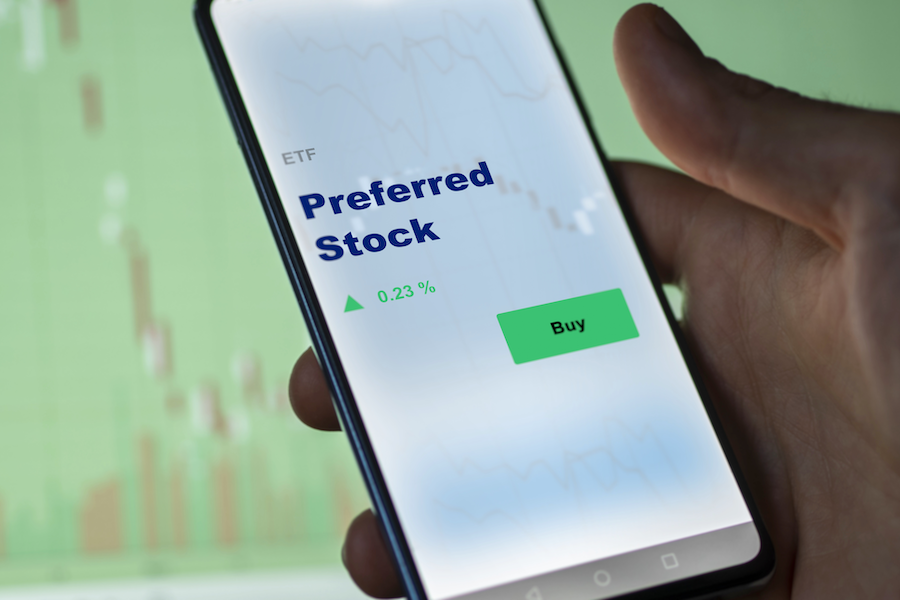Playbook #104: Preferred Stock

🖼️ The Big Picture
Preferred stocks offer higher and more stable dividend payments compared to common stock (what people usually buy on the stock market) and combine features of both stocks and bonds… making them an attractive option for income-seeking investors.
Financial organizations, including banks and insurance companies, are the most common issuers of preferred stock. Just like common stocks, preferreds (as they're commonly called) represent a stake in a company and are considered equity on the company's balance sheet. However, they have a few key differences:
- The value, and biggest reason investors buy preferred stock, is the dividend payments:
- They’re typically higher than common stock dividends
- They’re more stable
- They’re scheduled and fixed (though the company can suspend dividend payments without defaulting, though it hurts their reputation and creditworthiness)
- Preferreds are issued at a fixed par value
- While there is potential for price growth, they’ve historically shown little to no price appreciation
- In the event of liquidation, preferred shareholders hold a higher claim to the company's assets than common shareholders _(meaning you’ll get paid back your principle first.) _Preferreds also get paid dividends before common stockholders
- Preferred stock is considered less risky than common stock, but riskier than bonds
- Preferred shareholders usually don't have voting rights
- Preferred stock has a low correlation to common stocks and bonds in terms of performance and a higher correlation to high-yield bonds and equities (where “credit” is a big factor)
- The lower the quality of the preferred, the higher the returns (based on the company’s credit rating)
As interest rates have risen — pushing yields to their highest level in 5 years (as of early June 2023) — the preferred stock market has had a massive selloff resulting in some preferreds prices falling as much as 30%. Similar to bonds, when interest rates rise, prices drop because the fixed dividend payment is worth less. This dynamic makes it an interesting time to buy with potentially great opportunities.
There are many different kinds of preferreds so make sure you understand exactly what features your stock has or doesn’t have. This type of investment is best suited for investors with capital they’re looking to allocate and generate income from and is a favorite of retirees seeking consistent monthly income.
If that’s not you today, we still encourage you to read through this playbook in full because this is a great strategy to be aware of for the future. Let’s dive in.
🔢 By The Numbers
You don't have access to this CAPITALIZE issue at the moment, but if you upgrade your account you'll be able to see the whole thing, as well as all the other posts in the archive! Subscribing will give you immediate access.
This CAPITALIZE issue is for members only
Join nowWhat is CAPITALIZE?
CAPITALIZE is a tool for discovering new ways to grow your wealth. You get a new investment idea each week in a simple 7-Minute report. Quickly check to see if it matches your "Investor DNA" and fast-track your way to being a top 1% investor... with less risk. Created by Wealth Factory for people who want to build their wealth and keep it.
